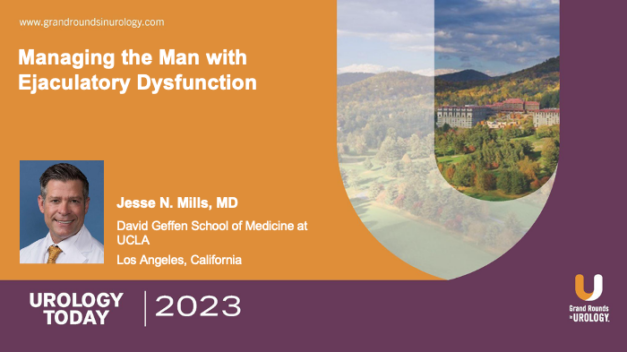Focal Therapy is Now Ready for Prime Time
Hashim Ahmed, MD, PhD, advocates for wider adoption of focal therapy (FT) as a treatment option for localized prostate cancer. Dr. Ahmed contends that by identifying and ablating the index lesion, FT can control disease with fewer side effects than radical therapy.
Dr. Ahmed outlines UK criteria for FT, explaining it is an alternative to radical therapy, not an alternative to active surveillance. He lists the side effects of radical therapy compared with those of FT. He cites “reassuring” survival data on FT and calls this important because the data does not support the concern of FT resulting in greater instances of metastasis.
Dr. Ahmed explains data on outcomes of focal cryotherapy before turning to a comparison of FT vs. radical therapy outcomes, with little difference in failure-free survival. Dr. Ahmed cites randomized studies that experienced significant dropout rates in their radical therapy arms compared to FT.
Dr. Ahmed concludes by reiterating why FT confers similar oncological outcomes and improved genitourinary function compared with radical therapy. He contends FT is a legitimate treatment option, with current outcomes now justifying FT’s use in standard care, highlighting that it avoids damage to collateral tissue and the resulting side effects.
Read More




